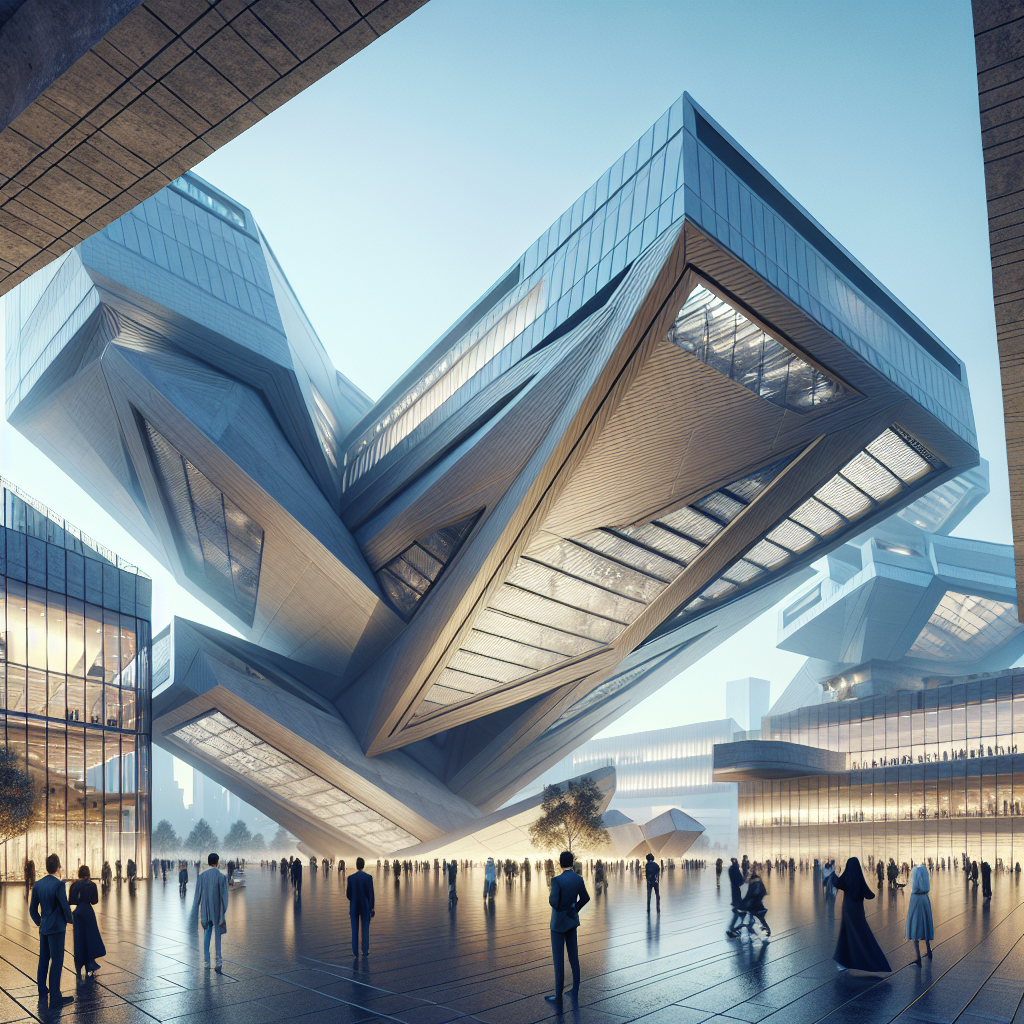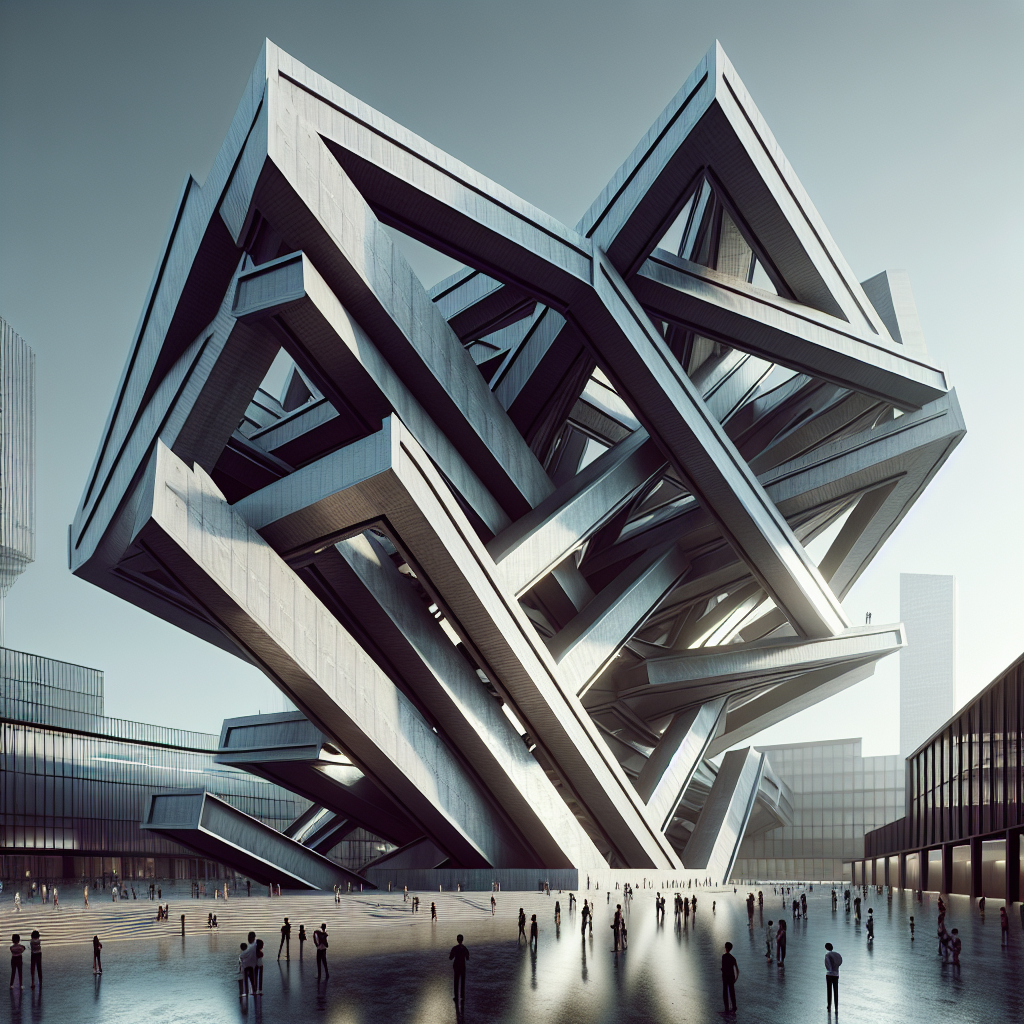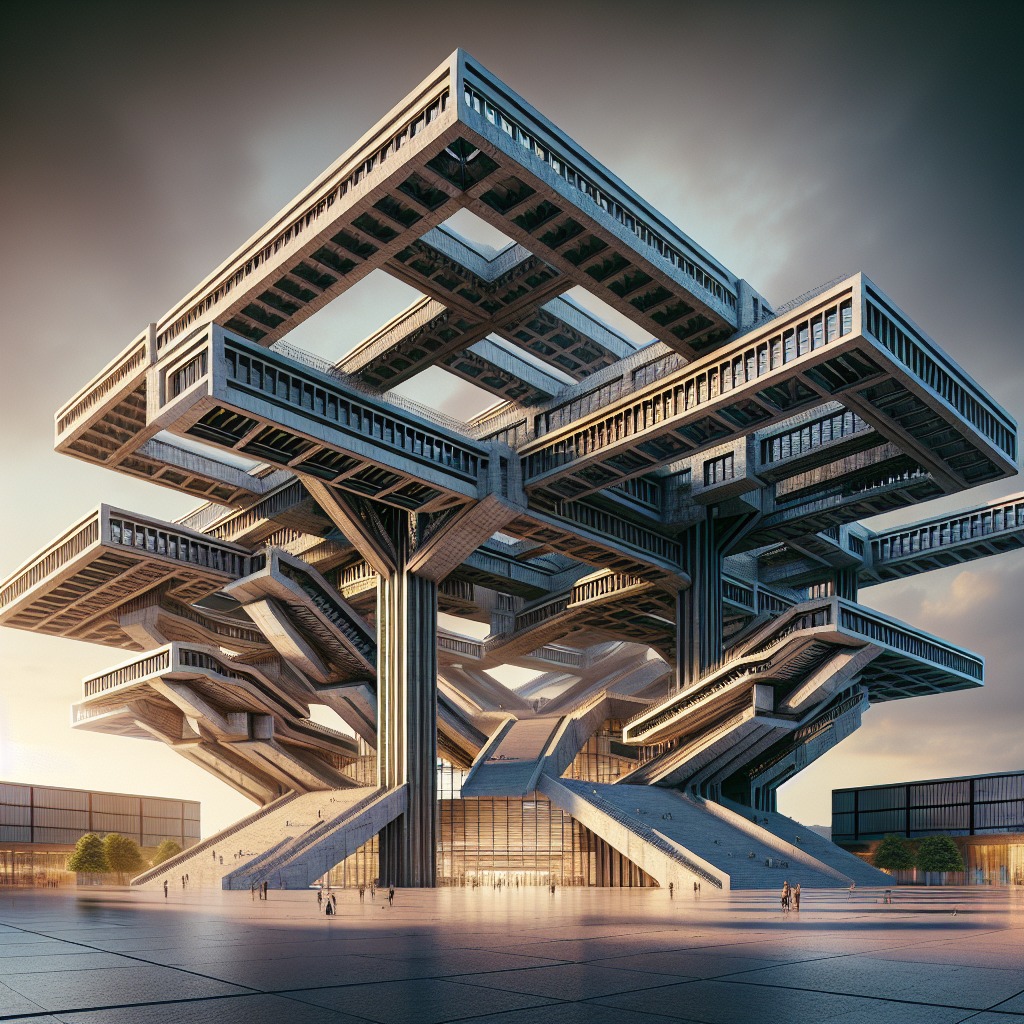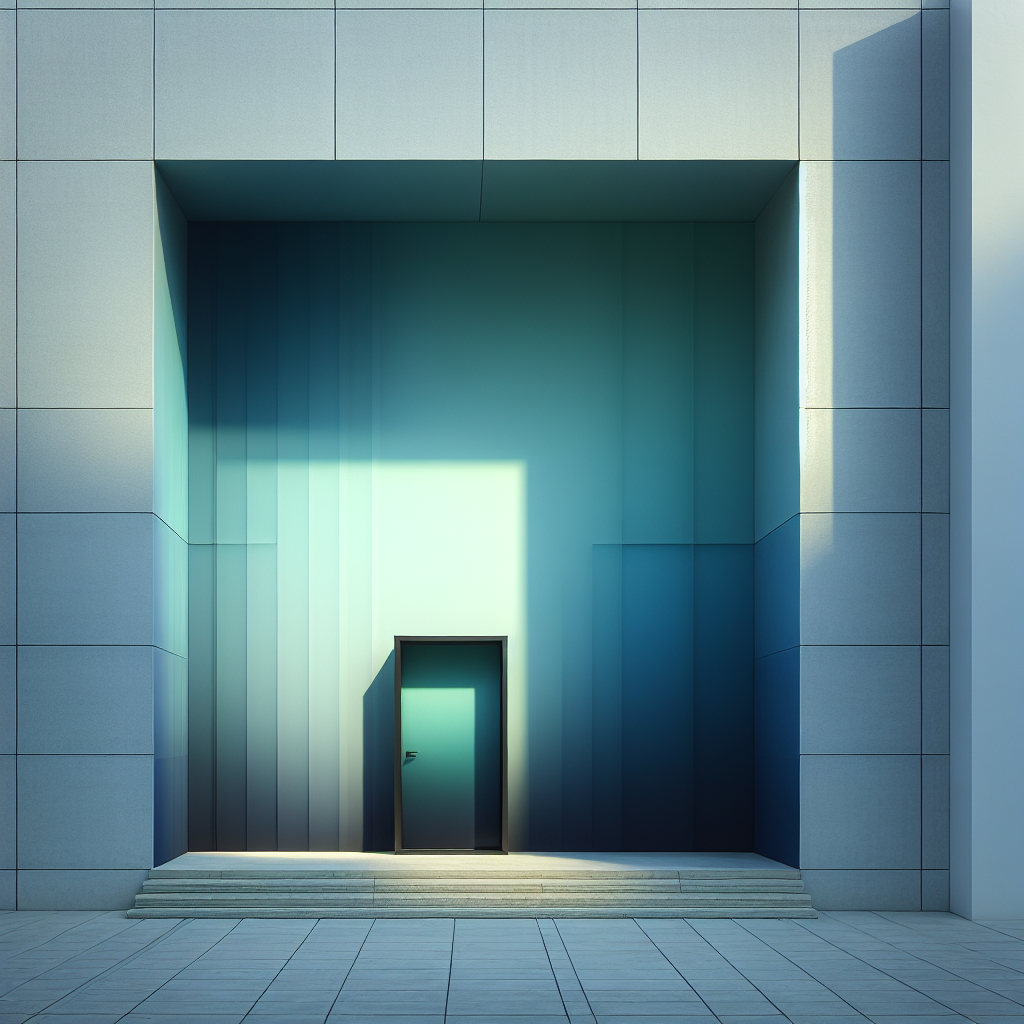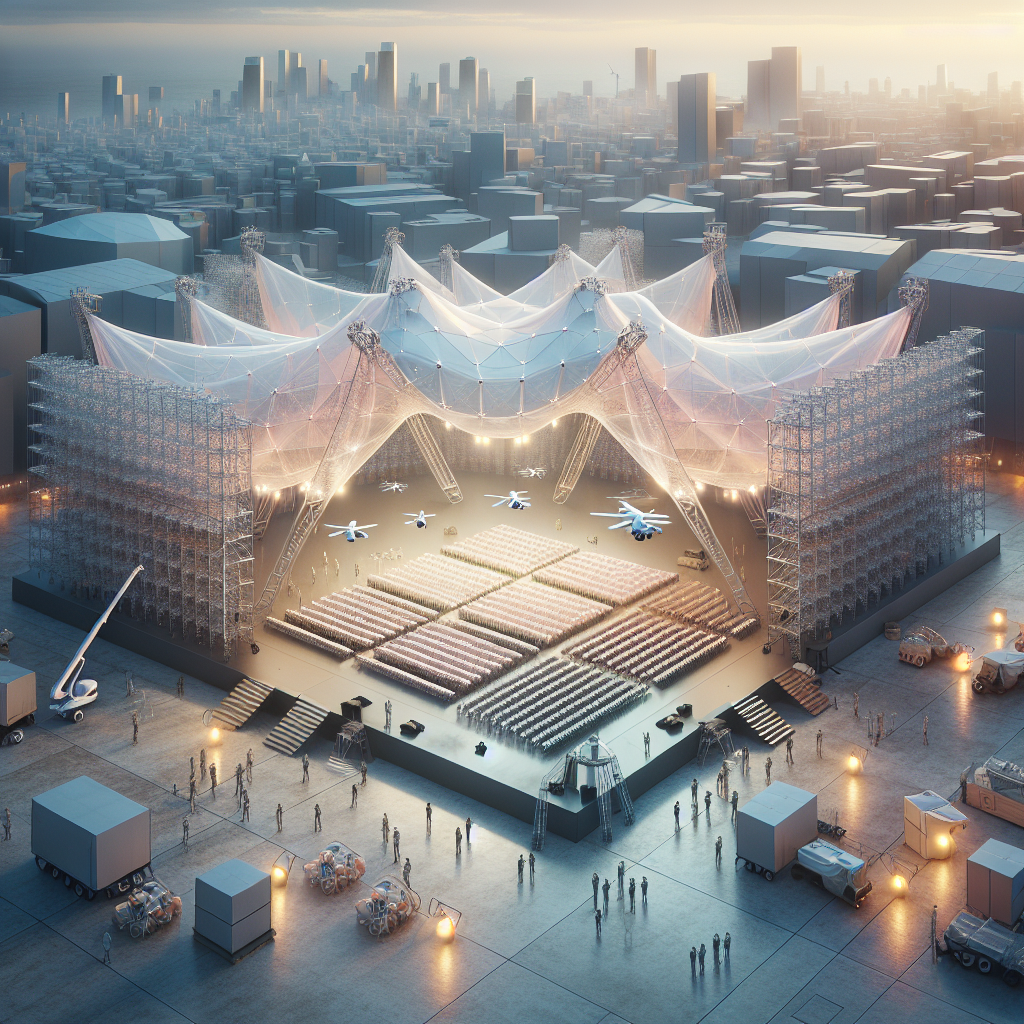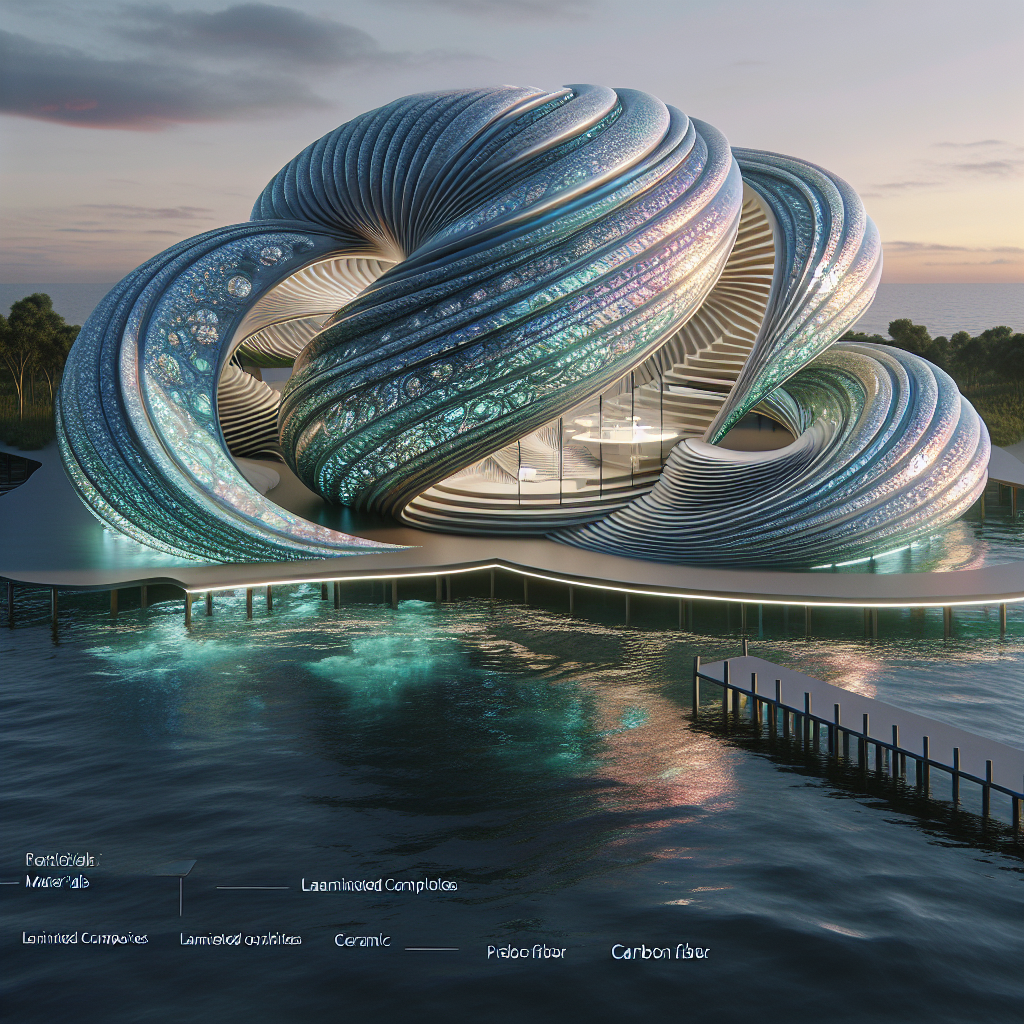Gravitation illusions support: beams angled to appear weightless

Gravitation Illusions in Architecture: Beams Angled to Appear Weightless
In contemporary architecture, the pursuit of visual paradoxes has become a defining language of innovation. Among the most compelling of these paradoxes is the gravitation illusion—the strategic angling of structural beams to create the impression of weightlessness. This technique challenges our innate understanding of balance and stability, transforming support systems into sculptural gestures that defy expectation. As buildings increasingly double as cultural statements, angled beams are emerging as both structural necessities and aesthetic provocations, blurring the line between engineering and art.
The Psychology of Structural Illusion
Humans are hardwired to interpret verticality as stability. Columns, piers, and upright beams have long been the visual shorthand for strength, a principle dating back to Classical architecture. When beams are angled, tilted, or appear to hover, they subvert this primal association. The result is a visceral sense of tension: a building that looks as though it should collapse, yet remains resolutely intact. This tension is not accidental—it is a carefully orchestrated illusion of gravity that engages viewers, inviting them to question the very physics of the built environment.
Architects and designers increasingly leverage this psychological play. By tilting beams or cantilevering them in seemingly precarious ways, they generate a heightened awareness of space. The viewer is not merely observing a building; they are experiencing a dialogue between mass, void, and balance.
Engineering Meets Aesthetics
While the illusion of weightlessness is visually striking, it is made possible only through advanced engineering. Angled beams often rely on hidden reinforcements, tension cables, or high-performance materials like carbon fiber composites and ultra-high-strength concrete. These technologies allow architects to manipulate perception without compromising safety.
One notable example is the Vitra Fire Station by Zaha Hadid, where sharp-angled beams slice through space like frozen motion. The structure appears to be perpetually leaning, caught mid-collapse, yet its stability is ensured by meticulous engineering. Similarly, the CCTV Headquarters in Beijing by OMA employs diagonal supports that create a gravity-defying loop, redefining the skyline with a form that seems to resist conventional load-bearing logic.
Weightless Interiors: The Illusion Brought Indoors
The gravitation illusion is not confined to monumental exteriors. In interior design, angled beams are increasingly used to create dynamic, immersive environments. Picture a gallery where support beams tilt like reeds in the wind, or a luxury boutique where slanted steel columns seem to hover above polished terrazzo floors. These interventions transform interiors into performative spaces, where structure becomes part of the narrative rather than a background necessity.
Retail and hospitality sectors, in particular, have embraced this approach. Angled beams act as sculptural elements, guiding circulation and framing sightlines while simultaneously reinforcing brand identity. In a world where Instagrammable moments are currency, the visual drama of weightless architecture becomes a marketing tool as much as a design choice.
Historical Roots of Defying Gravity
Although the current fascination with angled beams feels distinctly modern, the roots of gravitation illusions can be traced back through architectural history. Gothic cathedrals, with their flying buttresses, created the impression of walls dissolving into glass. The Baroque period further explored illusion, with architects like Borromini manipulating perspective to elongate or compress space. Today’s angled beams are heirs to this lineage, updated with contemporary materials and computational design tools.
Parametric design, in particular, has accelerated the exploration of structural illusion. By using algorithms to test infinite variations of form, architects can push beams into seemingly impossible angles while ensuring they remain structurally viable. This echoes the broader movement of parametric architecture, where digital precision allows for sculptural freedom.
Case Studies: Gravity as a Design Language
1. The Twist Museum, Norway (BIG Architects)
A hybrid of bridge and gallery, The Twist uses angled steel beams to create a seamless rotation in form. Visitors walking through the space feel as though the building itself is twisting around them, a spatial choreography that redefines structural expectation.
2. Tokyo International Forum (Rafael Viñoly)
Here, angled beams span a vast atrium, their diagonal trajectories creating a sense of suspension. The beams appear less like supports and more like floating ribs of a giant skeletal form, emphasizing transparency and lightness.
3. Experimental Pavilions at Salone del Mobile
Design fairs have become testing grounds for structural illusions. Temporary pavilions often feature angled beams that appear precarious, leveraging the short lifespan of these structures to experiment with daring visual tricks. This aligns with the spirit of Salone del Mobile, where architecture is as much performance as it is construction.
Future Directions: Illusions as Sustainable Strategy
Beyond aesthetics, angled beams and gravitation illusions may play a role in sustainability. By redistributing loads in unconventional ways, angled supports can reduce material usage while maintaining strength. Lightweight composites and recycled steel further enhance this efficiency, aligning with the growing movement toward circular economy design.
Moreover, as cities densify, visual distinctiveness becomes a competitive advantage. Buildings that appear to defy gravity stand out in crowded skylines, attracting tenants, tourists, and cultural capital. In this sense, gravitation illusions are not just design experiments—they are economic strategies.
The Human Experience of Defying Gravity
At its core, the allure of angled beams lies in their ability to reconnect us with wonder. In an era dominated by digital screens and virtual experiences, architecture that unsettles our sense of gravity reminds us of the physicality of space. It creates moments of pause, where we are compelled to look up, recalibrate, and marvel at the improbable.
This aligns with the broader trajectory of experiential design, where buildings are no longer static containers but active participants in human experience. Just as biophilic design reconnects us with nature, gravitation illusions reconnect us with the primal awe of balance and survival.
Final Thoughts
The angled beam is more than a structural flourish; it is a cultural statement. By making the invisible forces of gravity visible, architects are not only challenging engineering conventions but also reshaping how we inhabit and perceive space. These illusions remind us that architecture is not merely about shelter—it is about storytelling, perception, and the enduring human desire to reach beyond the possible.
As we move deeper into the 21st century, the dialogue between gravity and illusion will continue to evolve. Whether in soaring skyscrapers, intimate interiors, or ephemeral pavilions, angled beams will remain a potent symbol of architecture’s ability to astonish, provoke, and inspire.
